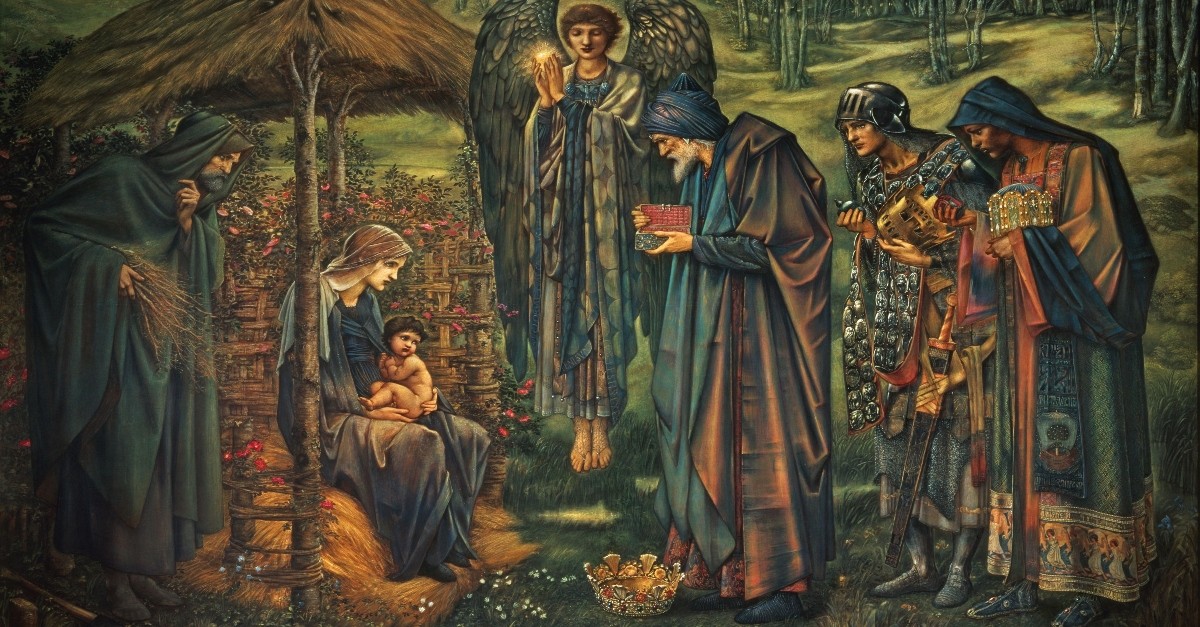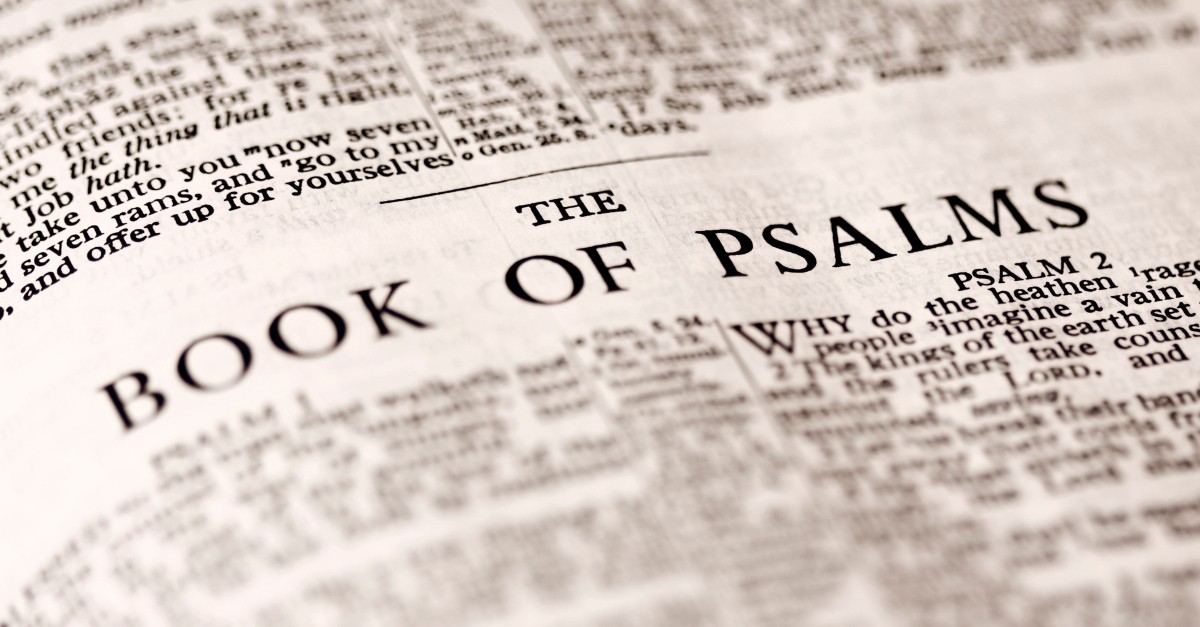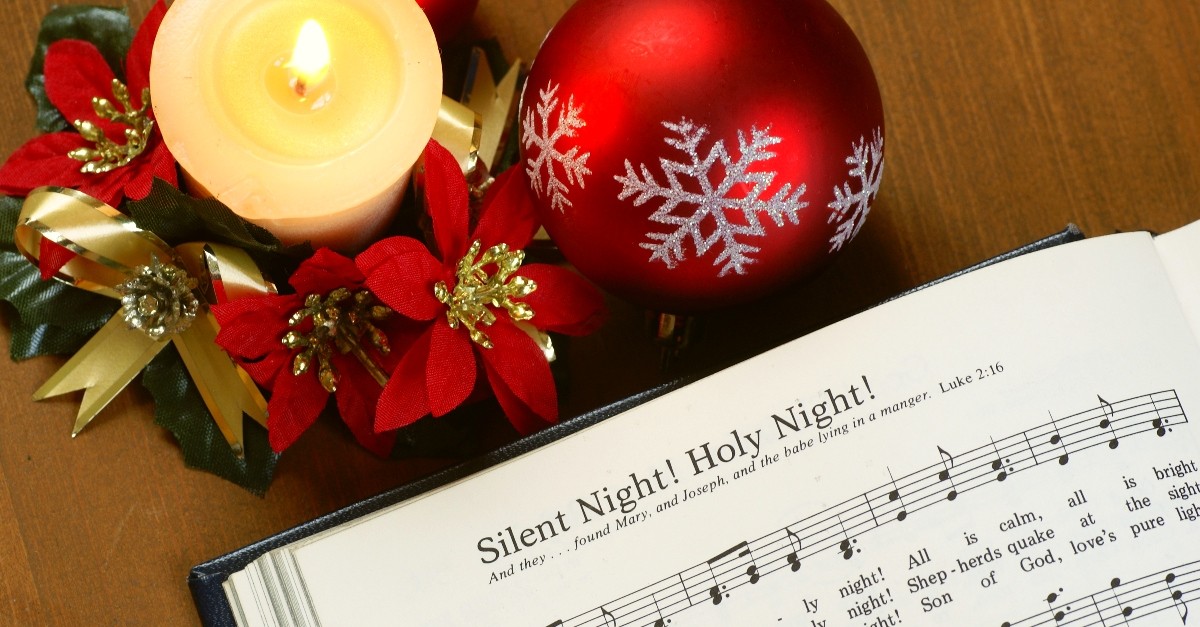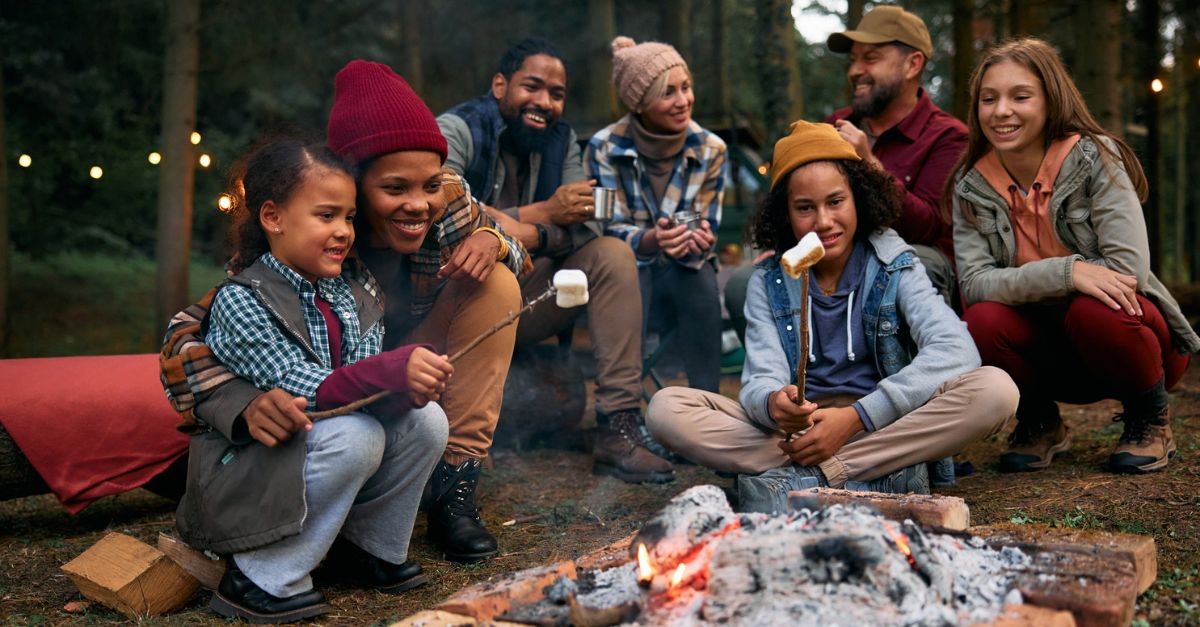
I love to go Christmas caroling. A couple of decades ago, we would print out the lyrics to songs like "Hark the Herald Angels Sing," travel around from house to house, and sing about Jesus at the top of our lungs. Today, it's more common to share lyrics on our phone.
Christmas caroling is a beloved tradition that brings people together to celebrate the joy of the season through song. With roots that trace back centuries, this practice has evolved from ancient winter festivals to a heartfelt expression of faith and community, spreading the message of Christmas through music.
For many, Christmas Caroling has been a mainstay for the holiday season. We see it in movies and TV shows. But where did it come from? Let's explore the fascinating history and significance of Christmas caroling.

What is the Background and Development of Christmas Caroling?
The origins of Christmas Caroling can be traced back to pre-Christian Europe. People once celebrated the winter solstice with dances and songs honoring the new season. These songs spoke about brighter days ahead, a type of hope, but they weren’t Christian.
Christianity began to spread across Europe, and early church leaders tried to incorporate local customs into the local churches. Around the fifth century, priests adapted these songs into hymns that glorified the birth of Jesus. The first of these hymns were written in Latin, including “Gloria in Excelsis Deo,” a chant connecting to the angelic declaration the night Christ was born (Luke 2:14). The priests would sing these songs, and the common people didn’t understand them since the songs were in Latin.
Caroling as we know it developed with St. Francis of Assisi. In 1223, Francis introduced nativity plays in Italy, which eventually became the Nativity sets in homes today. He included songs in these plays. The songs were written and sung in the local Italian language instead of Latin. This allowed the common people to engage with and better understand the story of Christ’s birth. The “carols” moved from a sacred church ritual to a public expression and celebration.
During the Middle Ages, carols continued to evolve, becoming more festive and community-oriented. Local and traveling musicians started singing carols in town squares and other local gatherings. Like many hymns, these songs borrowed from folk melodies and used Christian themes and lyrics. Caroling usually involved dancing, which added to its popularity. However, the Protestant Reformation (16th century) limited or removed the dancing tradition. Those reformers looked down on party-type music and activity.
Christmas caroling found new momentum in the 18th and 19th centuries, mainly in England. Charles Wesley and Isaac Watts wrote hymns that would later become commonly sung over Christmas, like “Joy to the World.” At the same time, people compiled older folk carols like “God Rest Ye Merry Gentlemen” into songbooks. These compilations helped spread Christmas songs to churches and homes. Next, Victorian England became fascinated with Christmas with writings like Charles Dickens’ story, A Christmas Carol. Carolers began to visit homes and sang songs for warm drinks or small tokens. English customs like these made their way to America, as well.
Photo credit: Unsplash

What Bible Verses are Connected with Christmas Caroling?
Singing songs of praise and joy didn’t start with pagan European winter festivals. The Old and New Testaments reveal a tradition of praise songs and worship as well. The book of Psalms is the largest of the Bible.
Praising God in song started to really gain momentum during King David’s reign. A skilled musician and composer, David wrote several psalms, which were prayers and songs to glorify God. Psalm 96:1-2 declares, “Sing to the Lord a new song; sing to the Lord, all the earth. Sing to the Lord, praise his name; proclaim his salvation day after day.”
David intentionally integrated music into worshipping God around the Ark of the Covenant (1 Samuel 6; 1 Chronicles 16). He organized the Levites into groups dedicated to singing and playing music. This priestly praise and worship structure lasted for generations. His psalms celebrate God’s wonderful works, much like Christmas Carols declare Christ’s birth.
Singing praise to God is woven throughout the biblical nativity story. Like a modern musical, people in the scriptural Christmas story break into song or praise. It begins with the angels’ proclamation of Jesus birth in Luke 2:13-14: “Suddenly, a great company of the heavenly host appeared with the angel, praising God and saying, ‘Glory to God in the highest heaven, and on earth peace to those on whom his favor rests.’” This angelic praise reveals the first real Christmas Carol, celebrating the arrival of the Messiah with joy and good news. This moment can be seen in Job 38:7, where “the morning stars sang together, and all the angels shouted for joy” at the creation of the world.
Humans burst forth in praise, too. Mary and Zechariah both respond to God’s work with poetic expressions of thankfulness. In Luke 1:46-55, Mary sings what we today call the Magnificat, beginning with, “My soul glorifies the Lord and my spirit rejoices in God my Savior.” Her song celebrates God’s mercy, power, and faithfulness like many of the Christmas hymns. Also, Zechariah’s Benedictus (Luke 1:68-79) praises God for fulfilling his covenant with Israel and the promised messiah. As a priest ministering before the Lord in the Temple, he would have known the traditions of song and worship. He says, “Praise be to the Lord, the God of Israel, because he has come to his people and redeemed them.”
When we sing Christmas Carols, we join a long tradition of biblical people singing and praising God for his wonderful love and mighty works.
Photo credit: ©Getty/CaseyHillPhoto

How Do People Participate in Christmas Caroling Today?
Today, people participate in caroling through various activities. The most traditional way includes going door-to-door in the neighborhood. Groups of friends, families, or church members walk as a group from house to house and sing songs like “Silent Night” and “Joy to the World.” Most households appreciate the effort and joyous singing. Some groups collect donations for charities (like cans of food for the hungry) instead of the warm drinks or coins from Victorian England. However, since fewer people even use their front door in modern suburbia, this tradition has been slowly dying out.
Some towns and cities organize local community caroling events held in parks or town squares. These gatherings attract large groups of people who come together to sing around a Christmas tree or other holiday decorations. Choirs or local groups often lead the singing, and lyrics are provided so everyone can join in. School choirs might learn and perform traditional carols in their holiday concerts. They even might include one about Jesus.
Like the towns, a church might host a Christmas singing event around the holidays. Church choirs perform nativity songs during worship services or Christmas Eve programs. While the larger community might play more secular songs like “Jingle Bells,” churches will focus on the carols that praise the birth of Jesus and the joy of his salvation.
Virtual caroling has emerged in recent years as a creative way to adapt the tradition. Especially after COVID lockdowns, people have learned to connect through the various video conferencing platforms like Zoom or Google Meet. Families and friends who can’t gather in person are able to sing together from different locations. Some groups even record a session together to share online and reach a broader audience.
As we discussed earlier, many people include supporting a charity along with their caroling. Groups visit hospitals, nursing homes, or homeless shelters to bring joy and nostalgia to those who might feel lonely. For a few years, my family would go to a homeless mission in downtown Atlanta to serve Christmas breakfast, and we would always include the singing of a few Christmas Carols during the event.
Photo Credit: ©iStock/Getty Images Plus/MKucova

What are Some Ways You Can Participate in Christmas Caroling?
Along with the above ideas, Christians can be creative with how to participate in Christmas Caroling.
Instead of traveling house to house, we could host a “Carols and Cocoa” event at our house, a local park, or even a neighborhood driveway. Participants could gather around fire pits and sip hot cocoa while singing carols together. This encourages fellowship with the community. Inviting people passing by provides opportunity to welcome more people and make new friends.
A caroling parade combines music with movement, making it an interesting and more visual way to spread God’s love through the holiday. People can decorate vehicles, wagons, or bicycles with lights and Christmas designs and then travel through neighborhoods to sing carols. Stops at homes or popular local sites provide great opportunities for interaction and gathering larger groups.
Flash mobs have become more popular with the rise of social media, and people can incorporate this with Christmas songs. Groups can rehearse carols and surprise others with songs in places like a shopping mall. Starting with one or two singers, the performance gradually grows while others join in until it builds to a crescendo. Adding a nativity scene or giving out small gifts like candy canes with Bible verses can help make the experience more enjoyable and spread the Gospel.
In the digital age, virtual caroling has become a creative way to reach a broader audience. Christians can collaborate to record a video featuring favorite carols, scripture readings, and personal testimonies about the meaning of Christmas. Sharing the video on social media platforms or sending it to friends, family, and church members allows the message of hope and joy to spread far beyond local boundaries.
Combine caroling with other fun themes. A “Nativity Caroling Walk” can have stations where carolers stop and retell parts of the Christmas story, making it more like a live musical. A “Retro Christmas Carol Night” could feature costumes from a decade like the 60s or 70s and incorporate fun music styles from that era. Many classic Christmas movies exist, so maybe mix scenes from these popular movies with singing different Christmas carols.
Local businesses often look for ways to bring people into their stores or restaurants, especially over Christmas. They might welcome a night of Christmas Carols. Coffee shops, bookstores, and community markets often look for these special events over the holidays.
No matter how we choose to participate, we can find creative ways to incorporate Christmas Caroling into the modern day in engaging, new ways for a new generation. The main point remains—proclaim the Good News of Christ’s birth and share the Father’s love with the world.
Photo Credit: ©Getty Images/Drazen Zigic

Originally published Friday, 22 November 2024.
